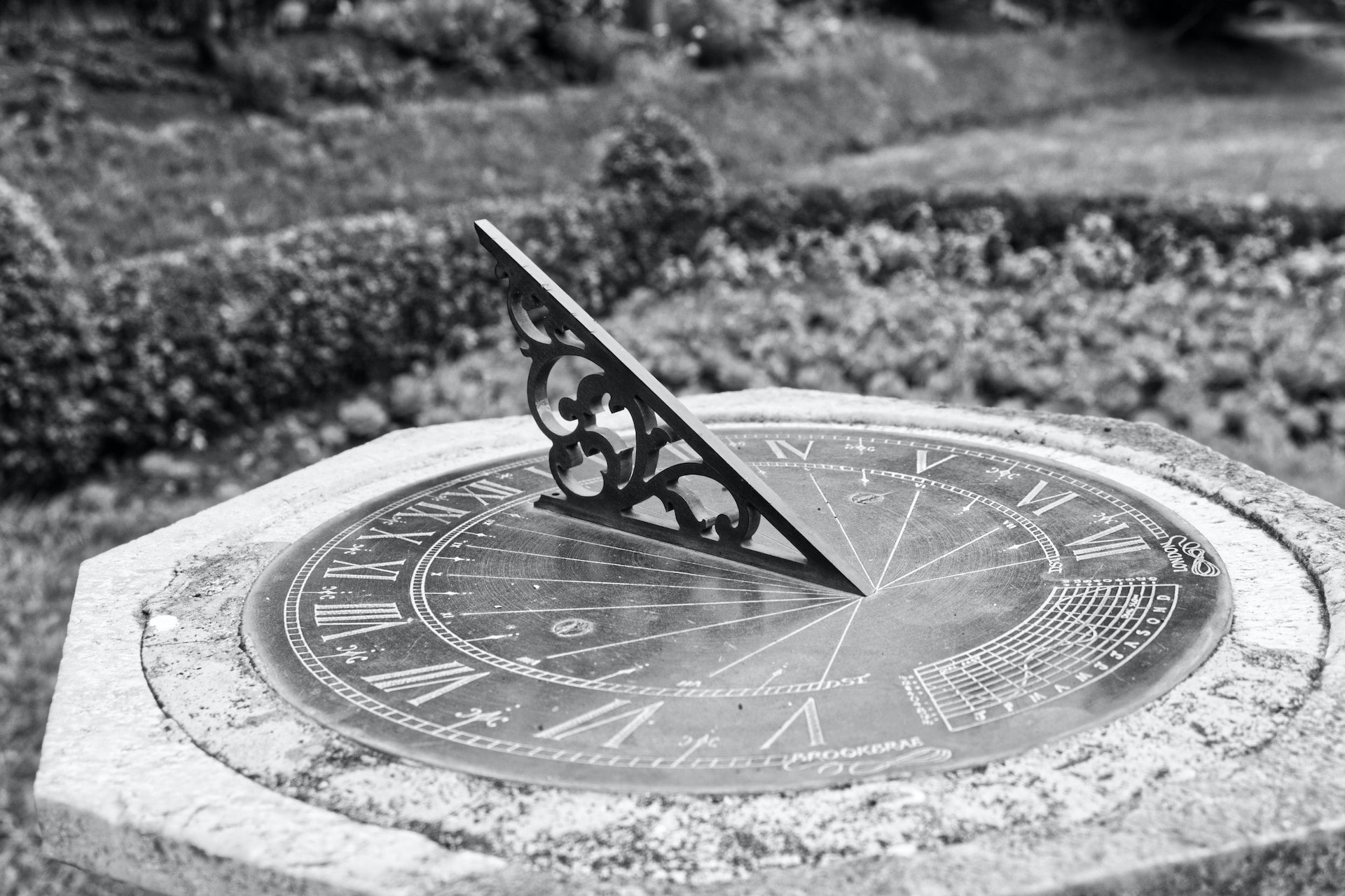From Sundials to Atomic Clocks: A Journey Through Timekeeping Inventions
Introduction:
Time, the ever-flowing river that shapes our lives, has been a subject of fascination for humans throughout history. The story of timekeeping devices is a journey that spans centuries, encompassing remarkable innovations and ingenious solutions to track the passage of time. Let's embark on a journey through time itself and explore how the clock, an indispensable part of our lives, was invented and evolved.
Ancient Beginnings: Sundials and Water Clocks
In the shadows of ancient civilizations, the first whispers of timekeeping arose. The Egyptians and Greeks crafted sundials, where the shadow cast by the sun's rays marked the hours of the day. Water clocks, known as clepsydrae, used the steady flow of water to measure intervals of time. These early attempts at timekeeping laid the foundation for the remarkable journey ahead.
Mechanical Marvels: Clocks in the Middle Ages
As civilizations evolved, so did timekeeping methods. The Middle Ages saw the emergence of mechanical clocks, employing gears and weights to regulate their motion. The "verge escapement" clock, dating back to the 13th century, was a pioneering invention that utilized an escapement mechanism to control the flow of energy and drive clock movement.
Pendulum Precision: Heralding a New Era
The 17th century brought a leap in timekeeping accuracy with the invention of the pendulum clock. Galileo Galilei's discovery of the pendulum's constant swing was followed by Christian Huygens' creation of the first practical pendulum clock in 1656. These clocks, with their rhythmic oscillations, marked a turning point in the pursuit of precision.
Pocket Watches and Portable Timekeeping
Timekeeping became truly personal with the invention of pocket watches in the 16th century. These elegant timepieces allowed individuals to carry the essence of time with them, a luxury that bridged the gap between public and personal time.
Industrial Revolution and the Rise of Standardization
The Industrial Revolution's innovation wave transformed not only industries but also timekeeping. The need for standardized time arose with the advent of railways and global commerce. Clocks became synchronized, and the notion of time zones was born to streamline operations across vast distances.
Quartz Clocks: Precision for the Masses
The 20th century witnessed another leap in timekeeping accuracy with quartz clocks. The discovery that quartz crystals vibrate at a precise frequency under electric current revolutionized timekeeping. These affordable and reliable clocks made their way into homes and offices, becoming an integral part of daily life.
Atomic Clocks: Pinnacle of Precision
The mid-20th century brought atomic clocks, the epitome of precision. These clocks harness the vibrations of atoms to measure time with astounding accuracy. Used in scientific research, global positioning systems, and defining international time standards, atomic clocks have reshaped our understanding of time itself.
Digital Era: Clocks in the Digital Age
The digital revolution marked another milestone in timekeeping history. Digital clocks, displayed in numerical digits, became ubiquitous on computer screens, smartphones, and microwave ovens. With the world at our fingertips, accurate timekeeping became more accessible than ever.
Conclusion: The Ongoing Journey
From the humble sundials of ancient times to the mind-boggling accuracy of atomic clocks, the journey of timekeeping inventions is a testament to human curiosity, innovation, and the relentless pursuit of precision. Today, as we glance at our wristwatches or smartphones, let's remember that each tick and tock carries the legacy of countless inventors, each contributing a piece to the fascinating puzzle of time.

Comments
Post a Comment